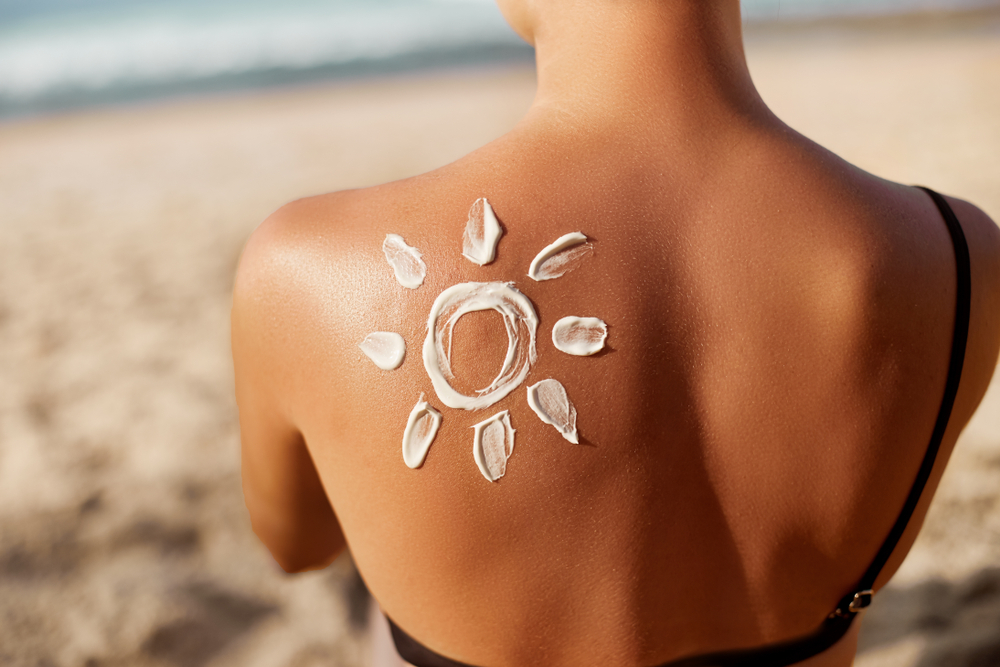- Sunscreen is an important step when it comes to protecting your skin from the sun.
- Always be prepared with SPF and apply sunscreen before heading outdoors.
- Some further preventative steps to protect from the sun include UPF clothing, sunglasses, and avoiding the sun during peak hours.
Summer is the time of year that everyone looks forward to. There’s nothing better than being able to spend more time outdoors and enjoy longer hours of daylight. Along with all these benefits come a few risks, however, especially when it comes to the sun.
UV radiation from the sun can lead to long-lasting skin damage and even cancer if proper preventive action is not taken. There are many steps you can take that can help protect your skin and prevent damage, so follow along for our guide of everything to know about sun protection this summer:
What Are UVA and UVB Rays?
To understand sun protection, it’s important to know how sun rays work. Healthline explains that the sun emits different types of rays, two of which are mostly responsible for causing sun damage: ultraviolet A (UVA) and ultraviolet B (UVB).
UVA rays can penetrate through glass and tend to be the most harmful since they affect your skin beneath the surface. UVB rays are shorter and can’t penetrate glass, but they can cause sunburns. Because of this, it’s important to ensure your sunscreen says “broad spectrum” or “UVA/UVB protection” to keep your skin protected from both types of rays.
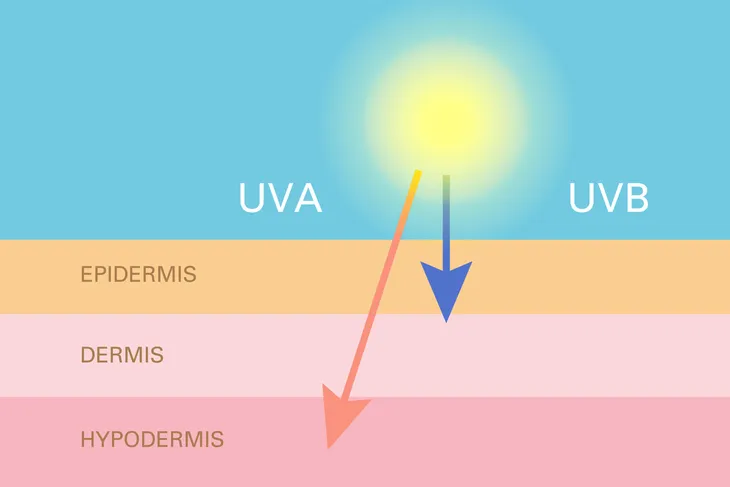 Shutterstock/Ching Design47
Shutterstock/Ching Design47What Is SPF?
It’s important to understand sun protection at its core and exactly what the term SPF means. According to Healthline, SPF stands for “sun protection factor” and measures how much solar energy is needed to cause a sunburn when you’re wearing sunscreen compared to unprotected skin.
When it comes to the level of SPF to reach for, it’s important to know that no SPF is 100-percent effective, but the higher the SPF, the more protection you have. At a minimum, you’ll want to use SPF 30 which can prevent about 97-percent of UVB rays when used correctly.
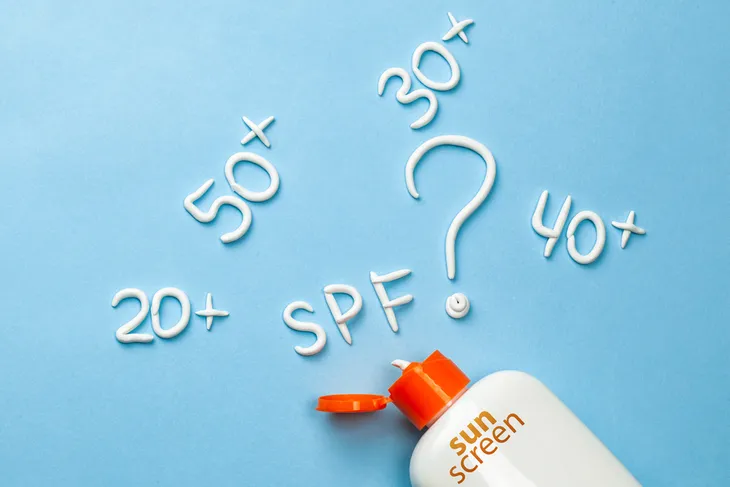 Shutterstock/ADragan
Shutterstock/ADraganPhysical vs. Chemical Sunscreen
There are two main types of sunscreen: physical and chemical sunscreen. These terms refer to the type of active ingredient used and the way the product operates. Physical sunscreen sits on top of the skin and reflects the sun’s rays. Titanium dioxide and zinc oxide are the main active ingredients in physical sunscreens.
Chemical sunscreen works differently in that it absorbs UV rays, converts the rays into heat and then releases them from the body. The active ingredients in chemical sunscreen include avobenzone, octinoxate and oxybenzone.
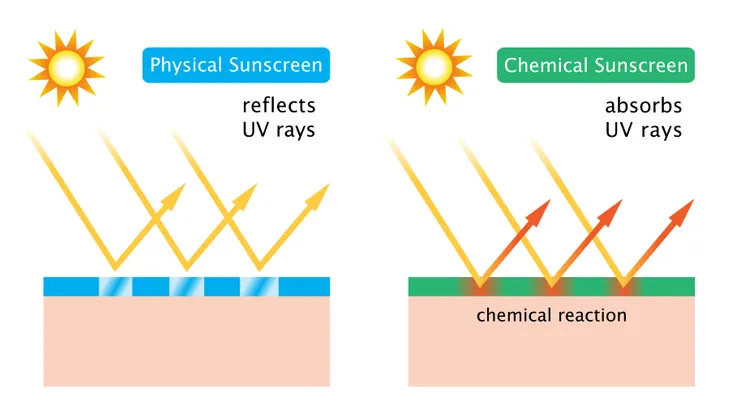 Shutterstock/yomogi1
Shutterstock/yomogi1Always Be Prepared with SPF
When it comes to SPF, you can never be too prepared. The first step to protecting your skin from the sun is always having sunscreen readily available. We suggest storing sunscreen in places where it’s easy to reach for and to bring it along with you at all times.
Keep a bottle of sunscreen in the garage, bathrooms, front closet, or any other places you frequent before heading outdoors. Experts suggest keeping sunscreen in a cool, dry place since heat and humidity can breakdown sunscreen and make it less effective.
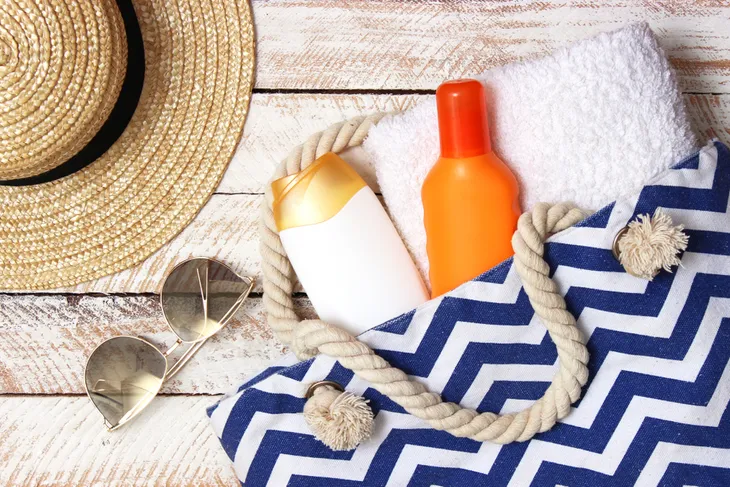 Shutterstock/White bear studio
Shutterstock/White bear studioApply Sunscreen Before Going Outdoors
Another expert tip when it comes to sun protection is to apply your sunscreen before heading outdoors. This ensures that you’re protected the second you step outside and avoids any risk. It’s more likely for distractions to occur once outside, such as blowing wind, which can make applying sunscreen more difficult. Applying your sunscreen beforehand ensures that you’re able to focus and cover every inch of skin.
Aside from your body SPF, it’s also important to apply sun protection to your face. While you can apply regular sunscreen to your face, you may want to invest in a sunscreen that’s specific to the face if you have sensitive skin. Face sunscreens tend to be less greasy and lightweight, which means they are less likely to clog pores and cause breakouts.
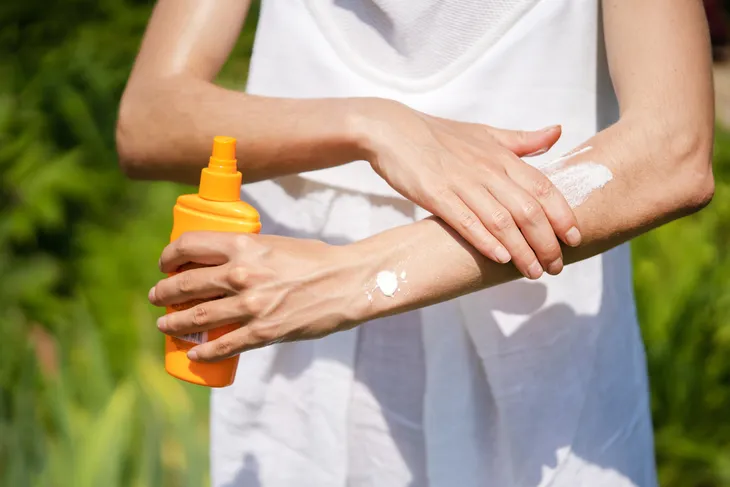 Shutterstock/africa_pink
Shutterstock/africa_pinkKnow Your Skin Type
When it comes to choosing a sunscreen, it’s important to know your skin type, especially when selecting a face sunscreen. While there are hundreds of sunscreens to choose from, some keywords to look for is that the product is broad spectrum and has an SPF of over 30.
If you have dry skin, you may want to look for an SPF that has moisturizing properties. On the other hand, if your skin tends to be oily or combination, you should look for an SPF that is oil-free and non-greasy.
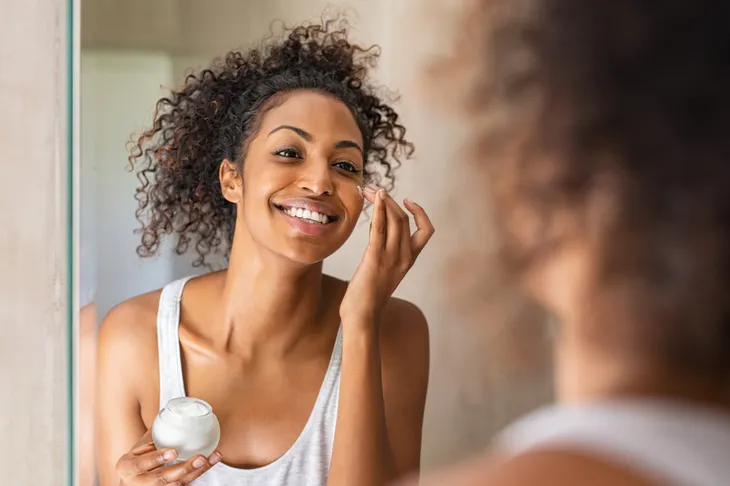 Shutterstock/Rido
Shutterstock/RidoRemember to Reapply
As important as it is to apply sunscreen before heading outdoors, it’s also important to remember to reapply your sunscreen throughout the day. Healthline suggests to reapply sunscreen every two hours that you’re outside.
If you are looking to reapply your face sunscreen but are already wearing makeup, there are powder and mist options available to ease the process of reapplication. Another important tip to keep in mind is that sunscreen takes about 20 minutes to start working.
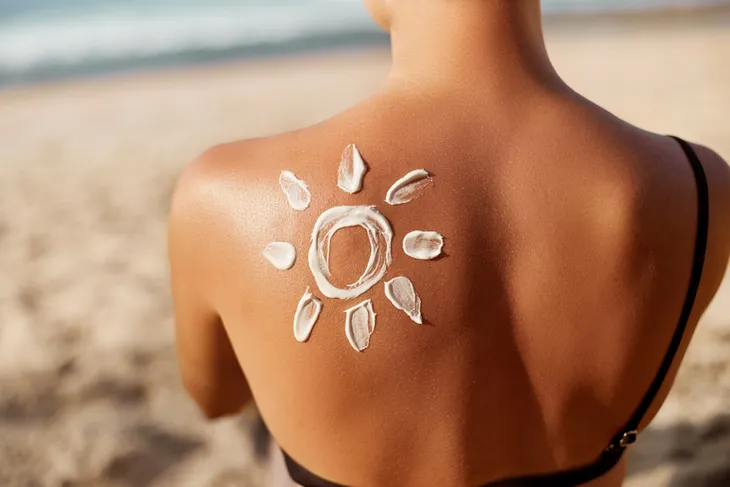 Shutterstock/verona studio
Shutterstock/verona studioTry UPF Clothing
If you want to go the extra mile outside of just sunscreen, there are further preventive measures you can take to protect your skin from harmful rays. One method that might be worth exploring is through Ultraviolet Protection Factor, or UPF, clothing.
UPF clothing is made with a special fabric that can protect the skin from UV rays similar to sunscreen. UPF clothing is a great added layer of protection and can be helpful on long days in the sun such as days spent at the pool, beach, or hiking outdoors.
 Shutterstock/mayakova
Shutterstock/mayakovaAvoid Peak Sun Hours
Another great tip to avoid heavy exposure to UV rays is to pay attention to the peak sun hours. Americanskin.org explains that it’s best to avoid the sun, if possible, between the hours of 10 am and 4 pm when the sun’s rays are the strongest. If you do happen to be out in the sun during these hours, be sure you’ve taken preventative measures such as applying your sunscreen and seeking shade.
It may also be helpful to follow the UV Index to know how strong the rays are at any given time. Experts suggest staying out of the sun or seeking protection whenever the UV Index is above 3.
 Shutterstock/Vixit
Shutterstock/VixitInvest in a Sun Hat
Another helpful tip to protect your skin from the sun is to invest in a good sun hat. A hat gives your face an added layer of protection and can help prevent hyperpigmentation and other long-lasting skin issues such as premature aging.
Sun hats with a broad rim that are at least 3-inches are the best for protection. While all fabrics will provide you with some layer of protection, you could also look for a sun hat that is labeled with a specific UPF rating. These ratings typically range from UPF 15 to 50+, but the higher UPF, the better.
 Shutterstock/Rido
Shutterstock/RidoProtect Your Eyes
Your eyes are another area that are sensitive to damage from the sun’s harmful rays. The sun can lead to serious eye conditions including cataracts, macular degeneration, and cancer.
To best protect your eyes from the sun, SkinCancer.org explains that you should always wear sunglasses when outside, year round. It’s important to look for sunglasses that block 99 to 100-percent of both UVA and UVB light. Hats can also help to shield your eyes, and are thought to block as much as half of all UV rays from your eyes and eyelids.
 Shutterstock/Rido
Shutterstock/RidoAdd Vitamin C to Skincare
Vitamin C is an often overlooked skincare ingredient that can help protect your skin from the sun. Healthline explains that vitamin C is rich in antioxidants and can offer a stronger protective barrier from sun damage and free radicals.
Experts recommend adding a vitamin C serum into your morning routine before applying sunscreen. Vitamin C works well with sunscreen to protect from UV rays and can also help to brighten dull skin or fight hyperpigmentation.
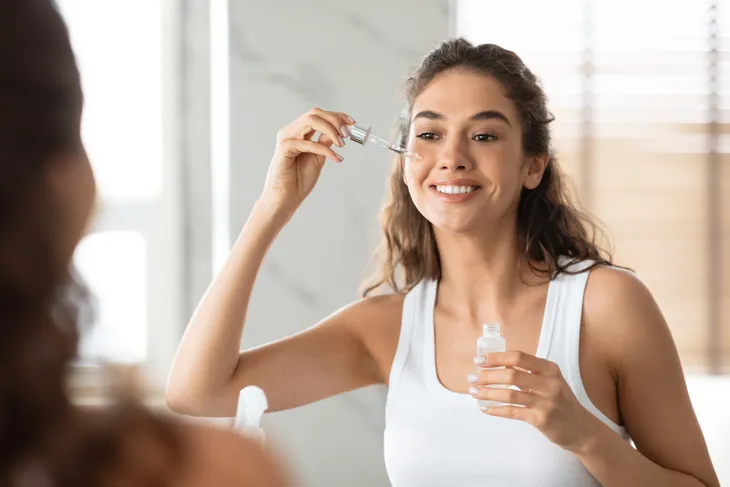 Shutterstock/Prostock-studio
Shutterstock/Prostock-studio